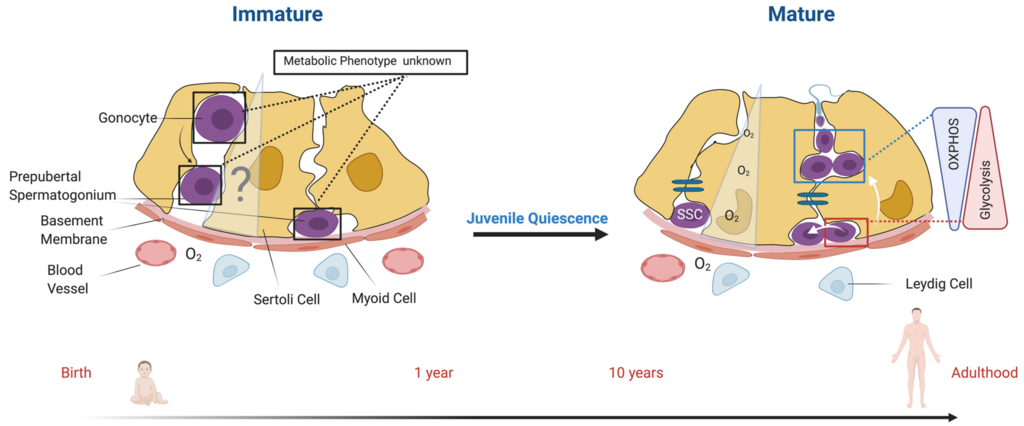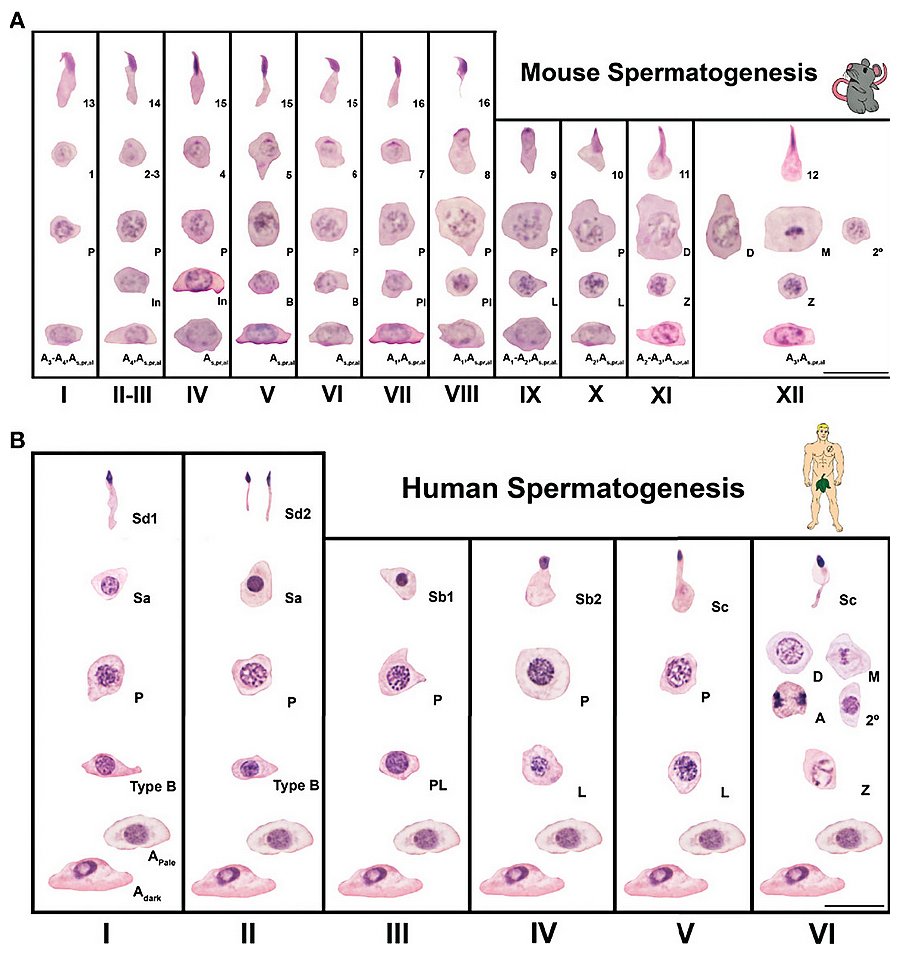Male fertility hinges on many intricate processes, with the blood-testis barrier (BTB) standing as one of the most critical yet least understood components. Acting as a shield, the BTB protects developing sperm cells from harmful toxins, infections, and the immune system itself. This sophisticated barrier plays a pivotal role in ensuring healthy spermatogenesis and overall male reproductive health.
What Is the Blood-Testis Barrier?

The blood-testis barrier is a complex network of tight junctions formed between Sertoli cells in the seminiferous tubules of the testes. This barrier physically separates the seminiferous tubules from the bloodstream. By doing so, it not only prevents harmful substances from entering but also restricts immune cells from attacking the genetically distinct sperm cells, which could otherwise be perceived as foreign invaders.
How the BTB Supports Spermatogenesis

Spermatogenesis, the process by which sperm are produced, occurs within the adluminal compartment shielded by the BTB. This barrier regulates the transport of nutrients, signaling molecules, and hormones into this secluded environment to support sperm maturation. Its selective permeability ensures that the conditions within the tubules are optimal for the development of healthy, functional sperm.
How BTB Dysfunction and Its Impact on Fertility
When the blood-testis barrier becomes compromised, the consequences can be severe. Conditions such as infections, autoimmune responses, exposure to toxins, or hormonal imbalances can disrupt its integrity. This can lead to impaired sperm production, abnormal sperm morphology, or complete infertility. Current research focuses on therapies to repair and maintain BTB integrity, offering hope to individuals struggling with reproductive challenges.
Advancements in Research and Therapeutics
Breakthroughs in reproductive biology have illuminated the molecular mechanisms behind BTB function. Emerging studies aim to identify how these mechanisms can be harnessed for innovative treatments. For example, new drug delivery systems are being designed to bypass the BTB for treating testicular conditions without disrupting its protective role.
Conclusion
The blood-testis barrier is essential for safeguarding male fertility and the production of healthy sperm. As research delves deeper into its complexities, scientists are uncovering potential therapies to address BTB dysfunction and enhance reproductive outcomes. The continued exploration of the barrier not only enriches our understanding of male fertility but also opens pathways for groundbreaking medical advancements.
Source:





